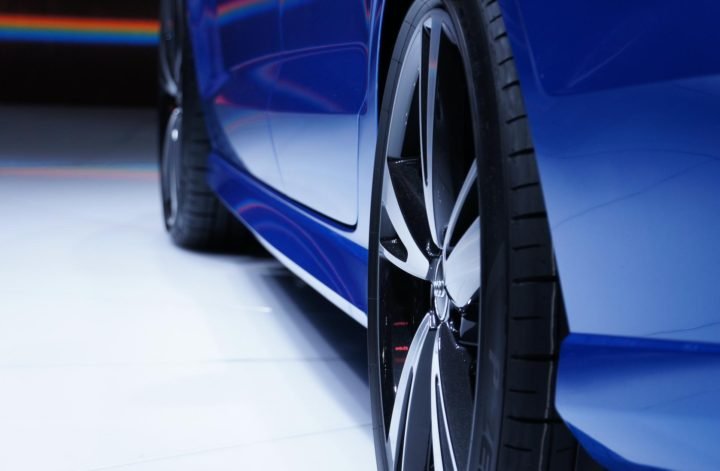Automotive destruction is a process that has been around since the dawn of motorized transportation. However, as technology continues to evolve, so too does the future of automotive destruction. With advancements in automation and artificial intelligence, new methods are being developed to maximize the efficiency and effectiveness of destroying cars in an environmentally conscious way. The automotive industry has been a part of our lives for over a century, showing no signs of slowing down.
Electric Automobiles: The Impact On Disposal
Electric automobiles have become increasingly popular over the years and are considered a more environmentally friendly alternative to traditional gasoline-powered vehicles. However, one issue with electric cars is their impact on disposal. The batteries in electric cars are made up of lithium-ion cells, which can pose a risk if not disposed of correctly. In addition, they contain hazardous materials, such as cobalt and nickel, which can cause environmental harm if they end up in landfills or the soil.
Autonomous Cars & Auto Recycling
Autonomous cars are no longer a distant dream or a figment of science fiction imagination. With the advancements in technology, self-driving vehicles have become a reality. Autonomous cars have many benefits, including reduced traffic accidents and decreased carbon emissions. However, the impact of these new technologies on the auto recycling industry is just beginning to emerge. As autonomous cars become more common on our roads, it is important to consider what will happen to them when they reach their end-of-life stage.
Self-Driving Vehicle Salvage
Self-driving vehicles are a technological marvel that has the potential to revolutionize the way we travel. With their advanced sensors and algorithms, these autonomous cars can easily navigate roads, making our lives easier and safer. These highly sophisticated systems must be carefully dismantled without causing any damage or data loss. Salvage companies must also be aware of any proprietary technology used in the vehicle’s sensors or cameras, which could require special handling procedures.
Autonomous Car Deconstruction Techniques
Autonomous Car Deconstruction Techniques are gaining more attention and importance as the demand for autonomous cars increases. These techniques involve dismantling and disassembling various components of an autonomous car to understand its functioning, improve it, or even recycle it. The process consists of several steps that require skilled professionals and specialized equipment. The first step in deconstructing an autonomous car is identifying the parts needing removal or dismantling. This involves a thorough inspection of the vehicle and an understanding of its overall structure. The next step is removing the battery pack and disconnecting all high-voltage systems to ensure safety during the deconstruction process.
Ai-Assisted Auto Recycling Industr
The auto recycling industry is rapidly changing with the advent of artificial intelligence (AI). With AI-assisted solutions, it is now possible to streamline and automate various processes in the auto recycling industry. This technology has allowed businesses to reduce costs while improving operational efficiencies.
Conclusion
Automotive destruction is an industry that has great growth potential. As technology advances and environmental concerns become more pressing, the need for more efficient methods of auto-destruction will continue to expand and evolve. As a result, companies around the world are investing in research and development to create more innovative solutions that are both efficient and cost-effective.



